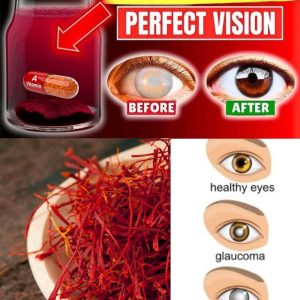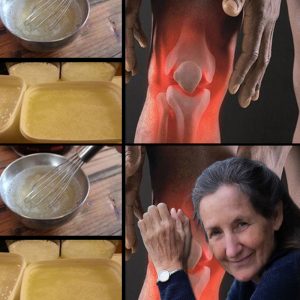Unlock the Healing Power of Reflexology
Reflexology is a therapeutic practice based on the concept that applying pressure to specific points on the feet and hands can positively impact other areas of the body. Rooted in the belief that these pressure points correspond to glands, organs, and systems within the body, reflexology has gained recognition as a method to relieve pain, reduce stress, and support healing. This holistic approach is known to ease symptoms of various health issues, from migraines and sleep disorders to digestive concerns and chronic pain. Even if you’re not facing a specific ailment, regular reflexology can help boost energy levels, improve circulation, and promote relaxation.
How Does Reflexology Work?
In reflexology, pressure is applied to reflex zones on the feet and hands that relate to specific body systems. By stimulating these areas with targeted techniques, reflexologists aim to release tension and trigger beneficial changes in the body. Studies have shown that reflexology can aid in managing symptoms related to conditions like diabetes, multiple sclerosis, and even cancer. The theory is that reducing stress at these pressure points helps the body’s natural processes, encouraging balance and well-being.
Benefits of Foot Pressure Points
Practicing reflexology can offer a variety of health benefits beyond treating specific conditions. Targeting pressure points on the feet has been shown to stimulate nerve function, increase energy levels, remove toxins, prevent migraines, and aid in recovery from injuries. Reflexology may also help cleanse the urinary tract, ease pain, and reduce symptoms of depression. Even for relatively healthy individuals, reflexology can be a powerful way to support physical and emotional wellness.
Self-Massage Techniques for Reflexology at Home
Performing reflexology on yourself is simple and can be incorporated into your daily routine. Start by sitting comfortably, placing one foot on the knee of your opposite leg, and referring to a foot chart to find the areas associated with any ailments you want to address. Apply steady pressure to these points using your thumb for 1-2 minutes, then switch to the other foot. While you can practice reflexology daily, a break every 10 days is recommended to keep the pressure points responsive. Try this method for aches, pains, or stress relief, and experience the potential benefits of reflexology firsthand!





